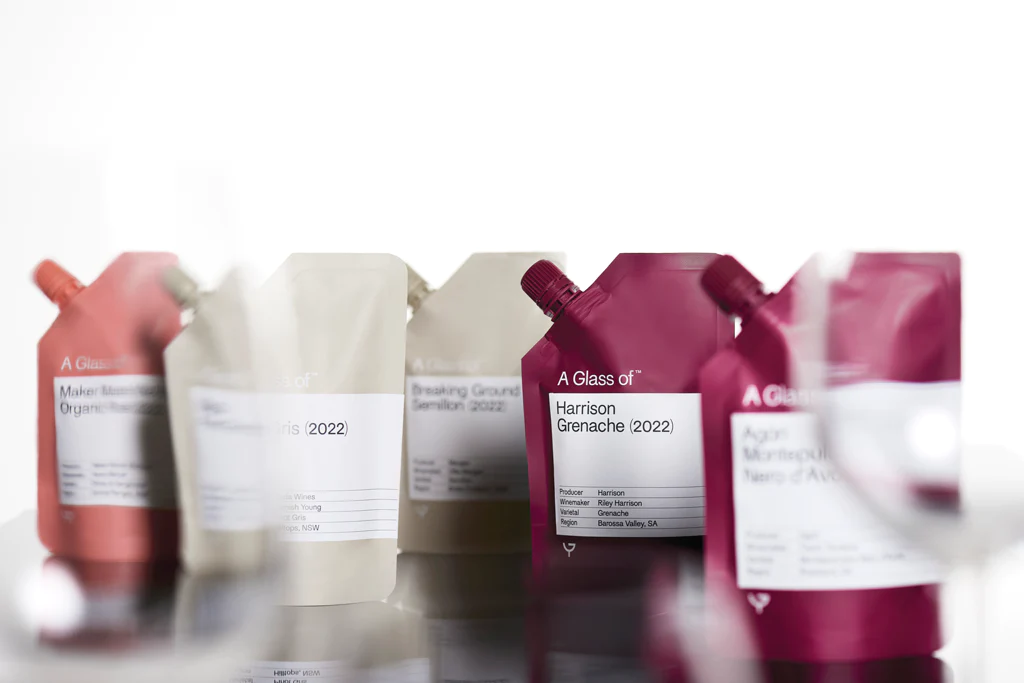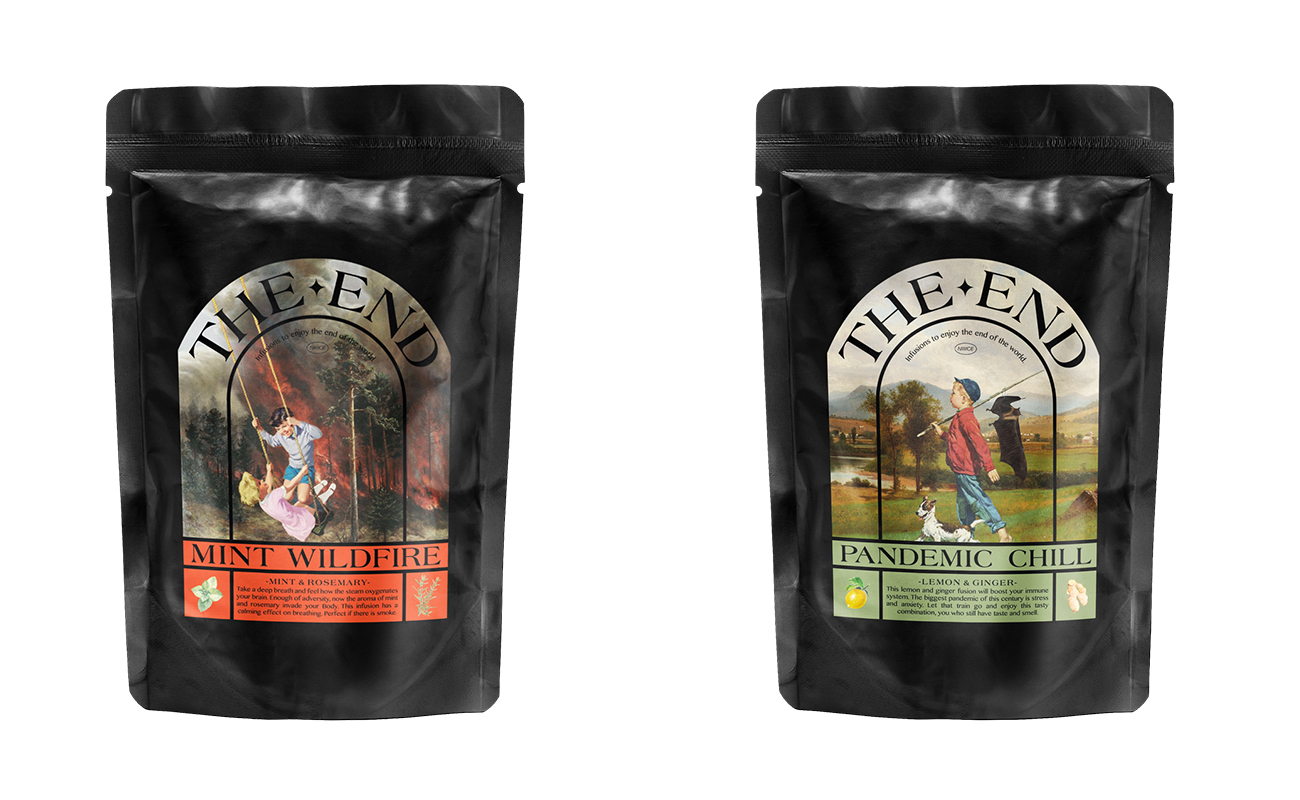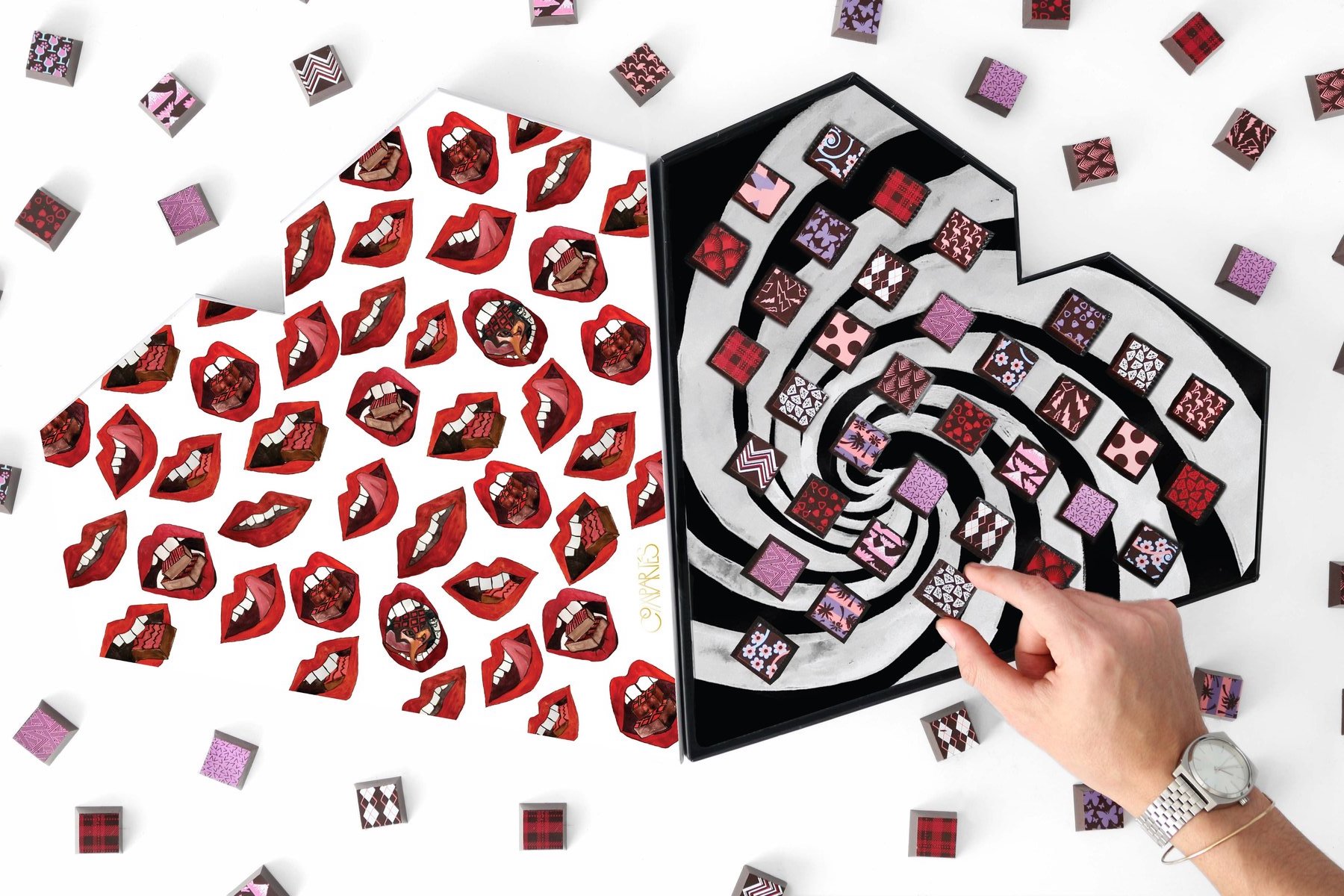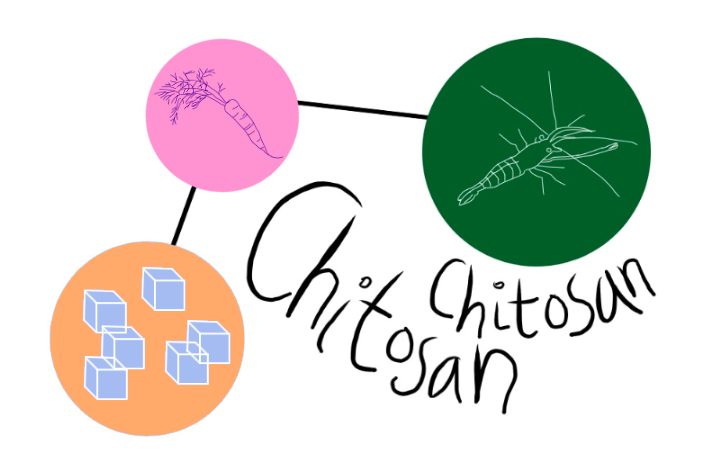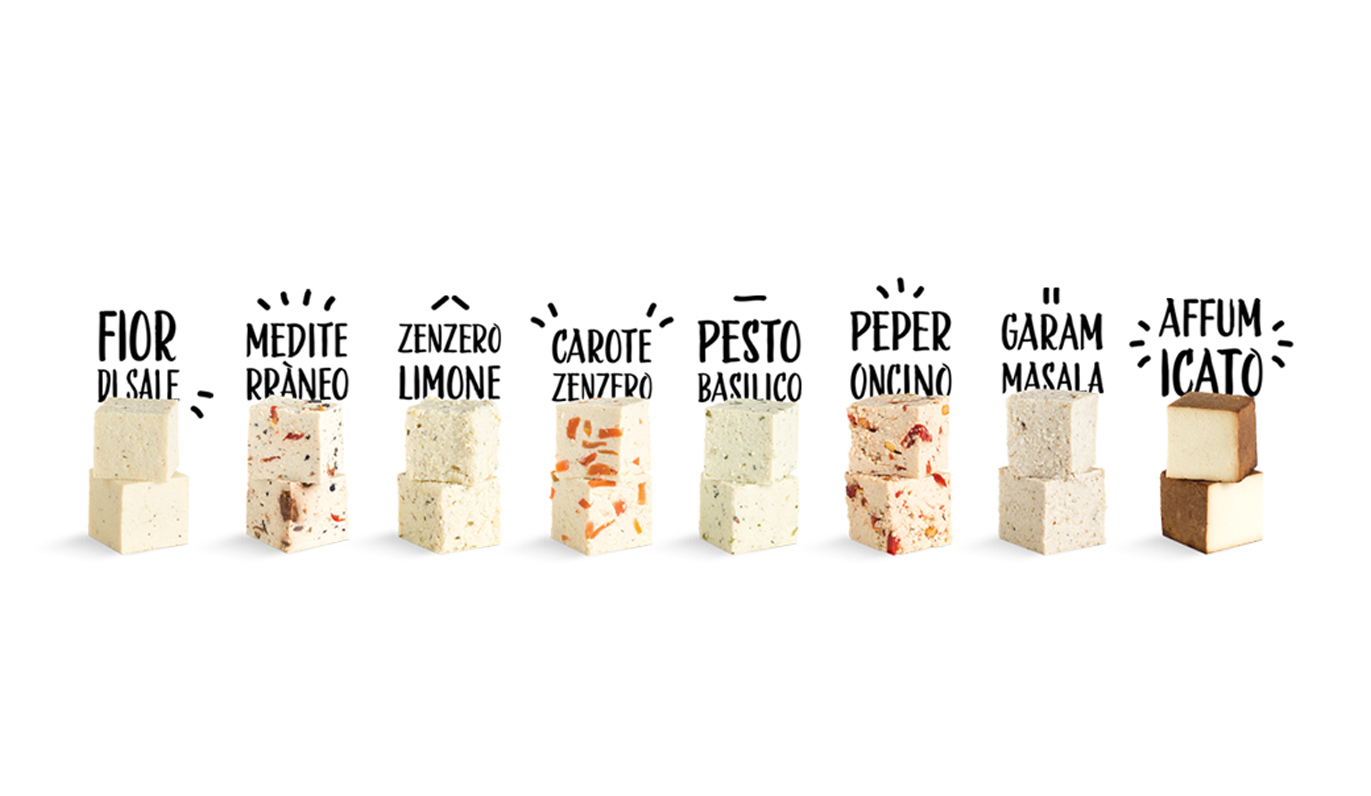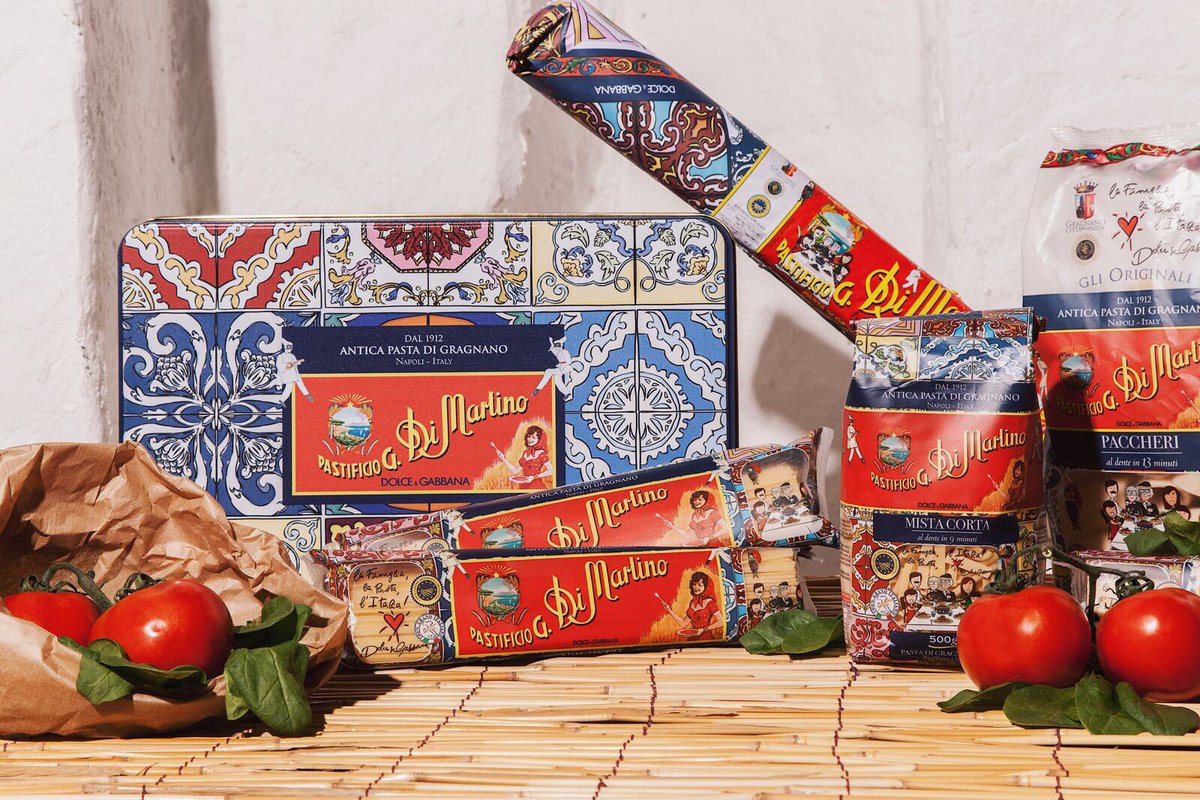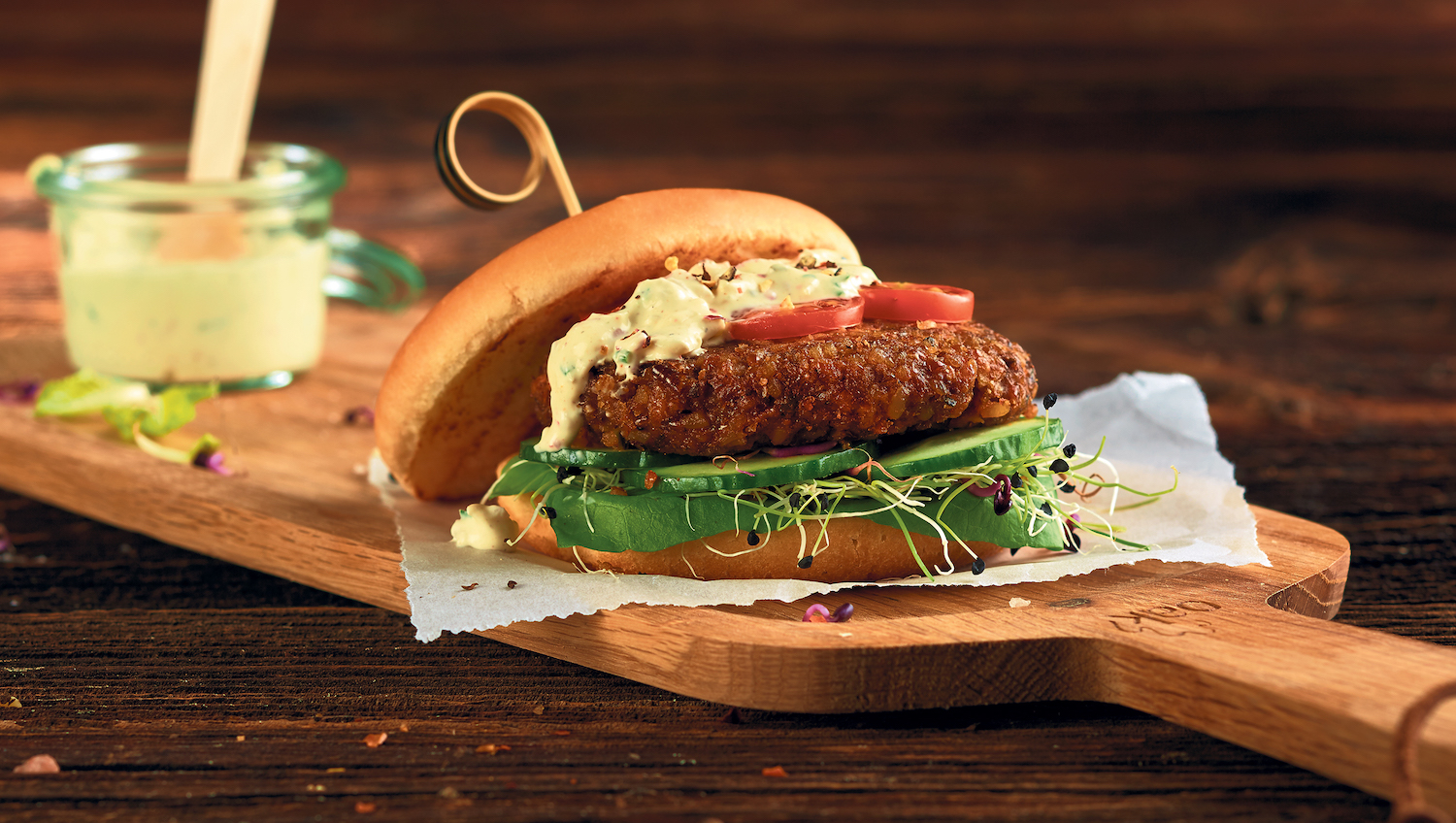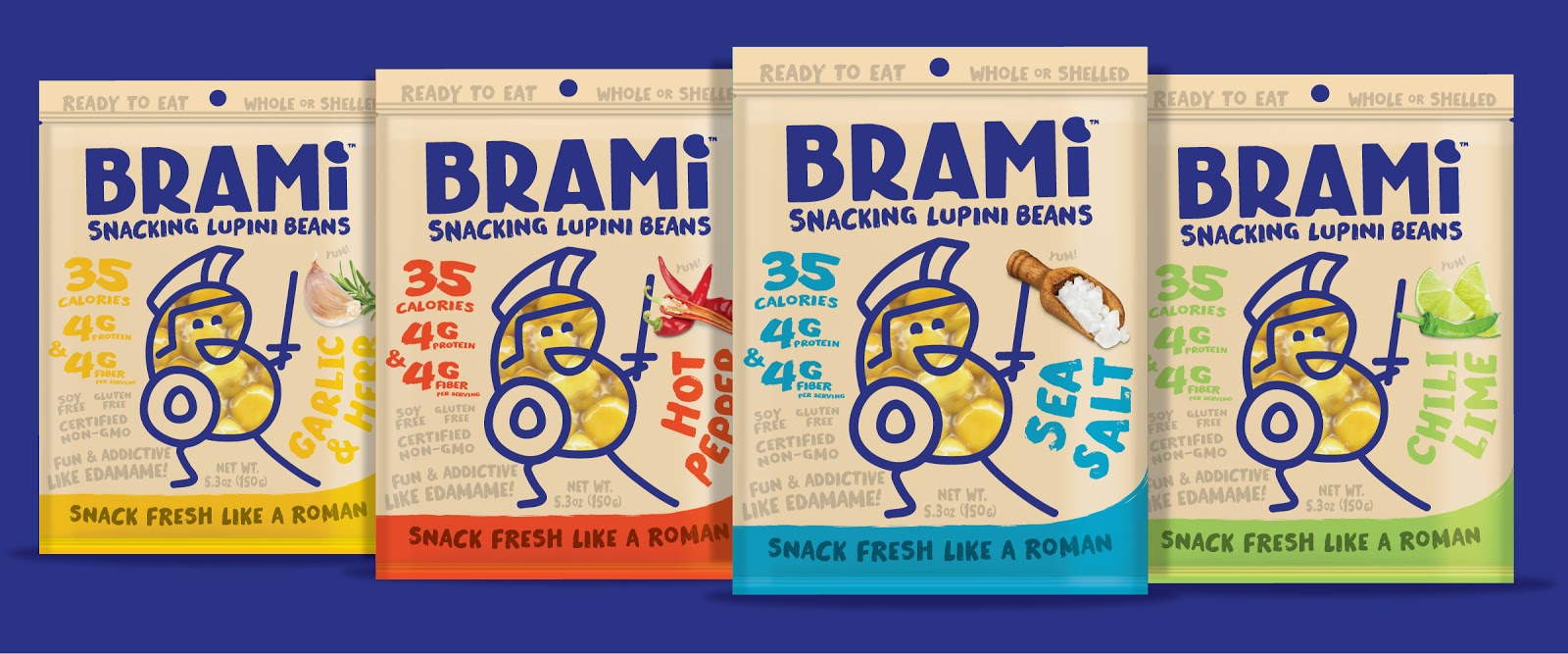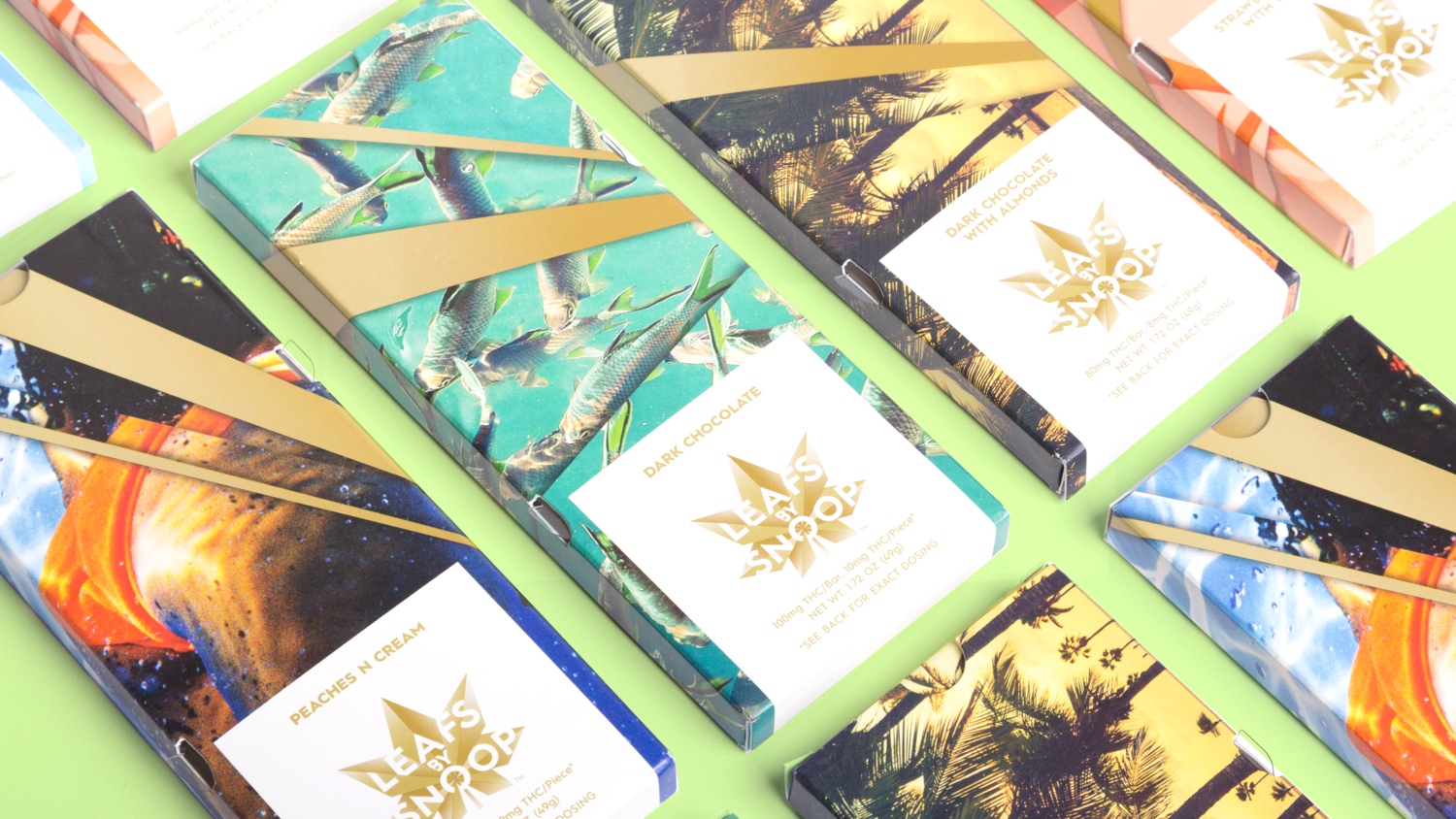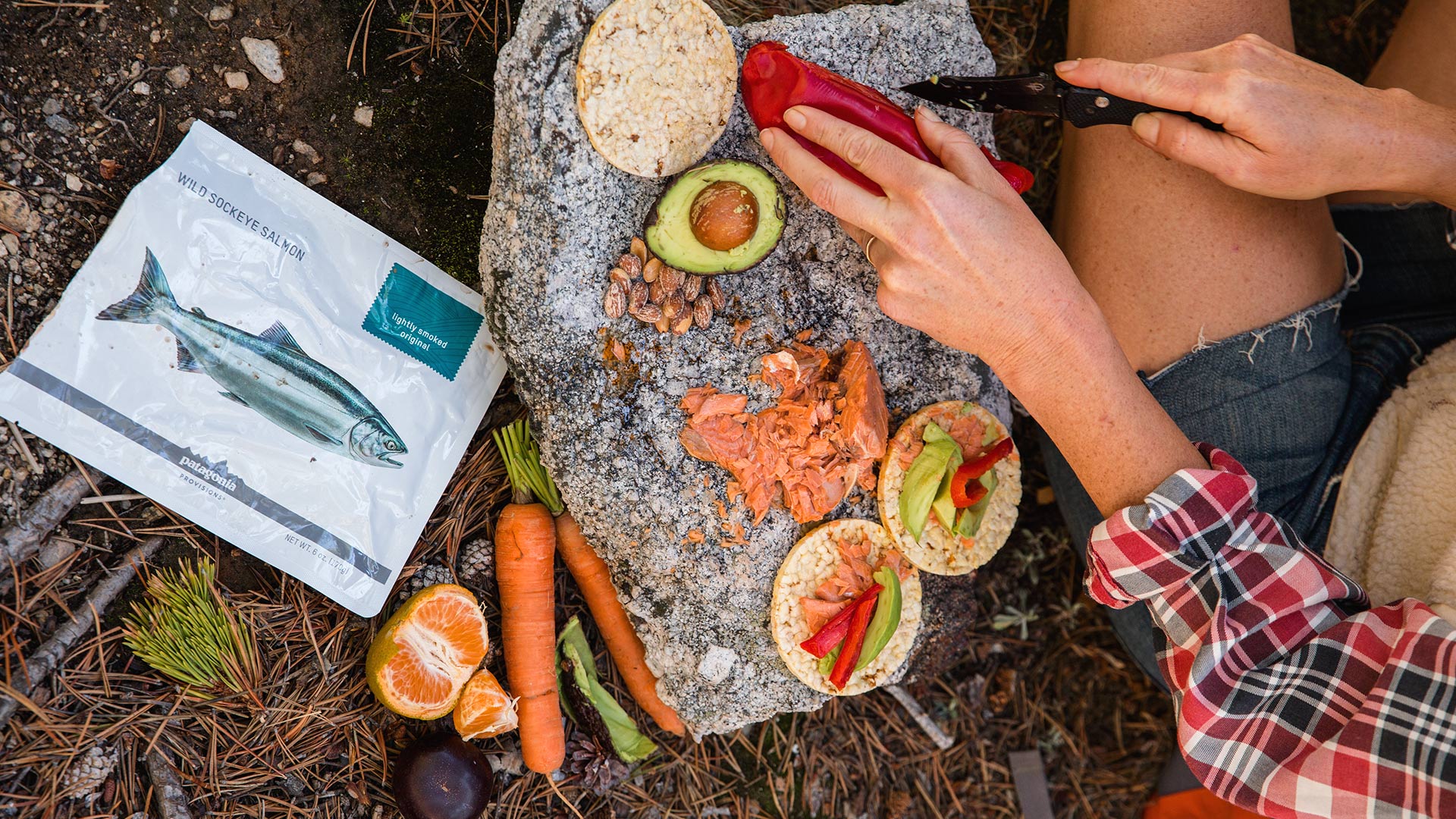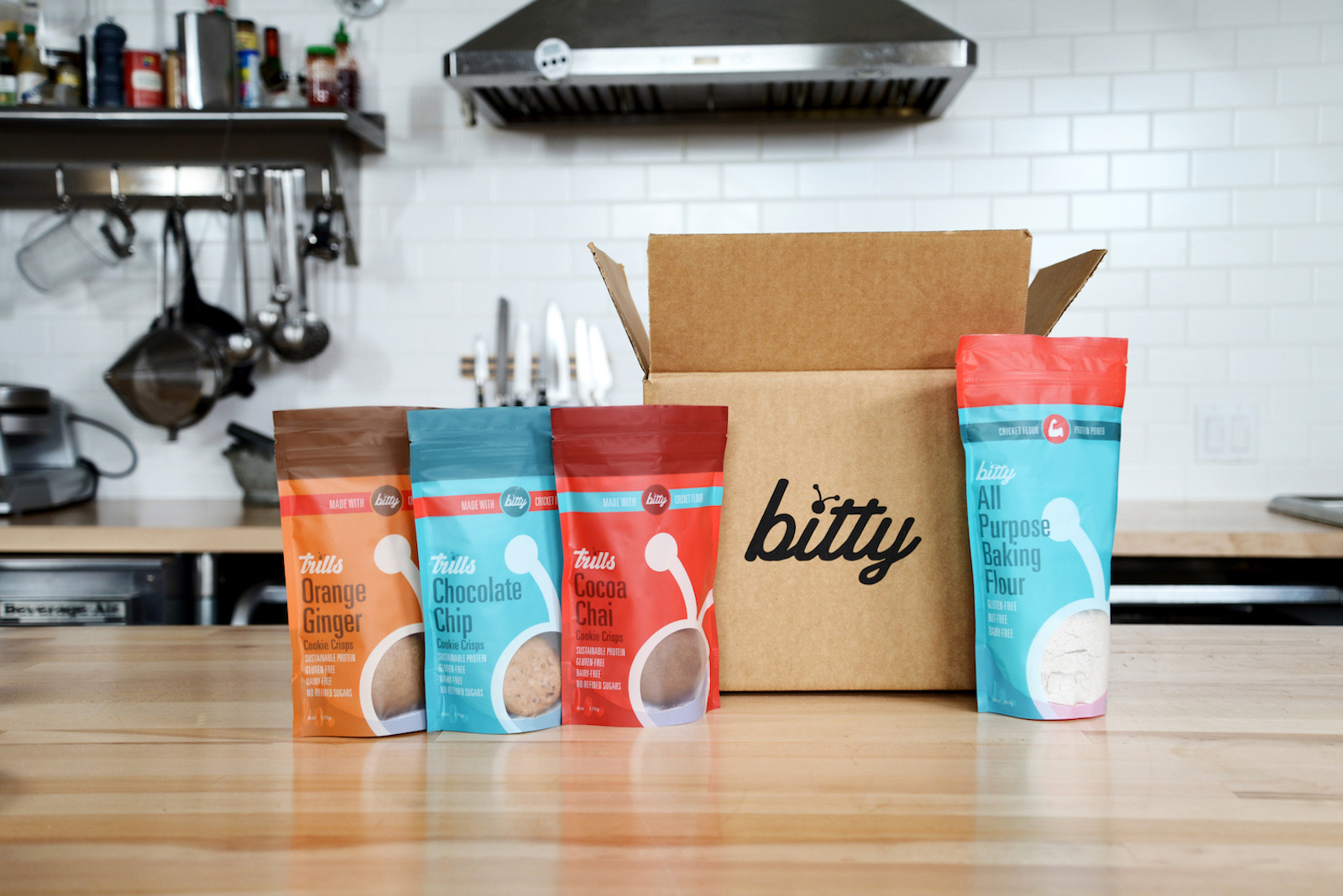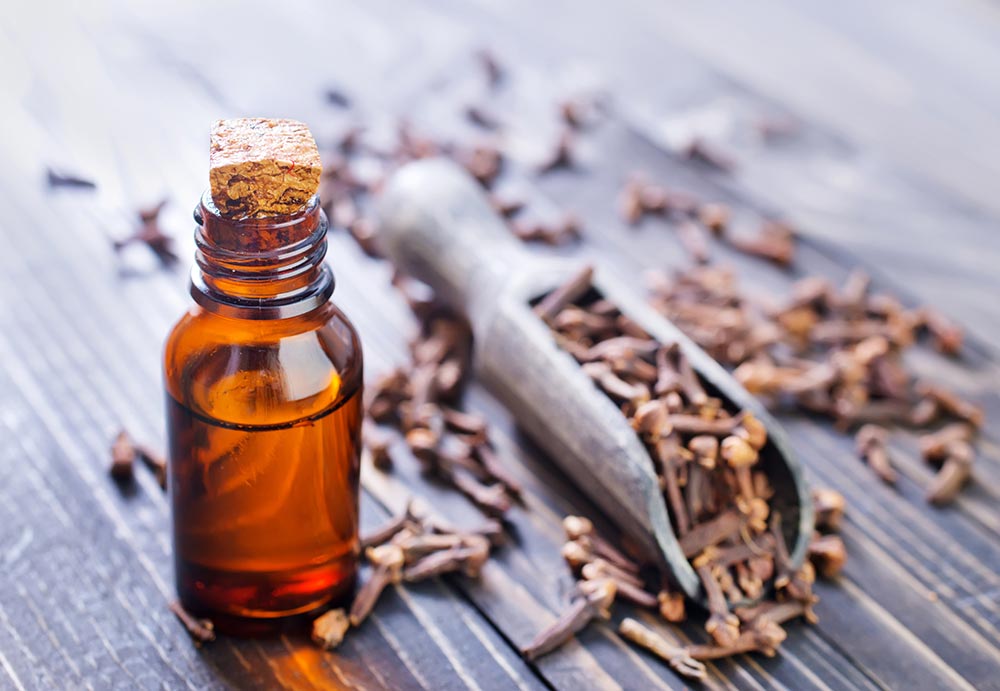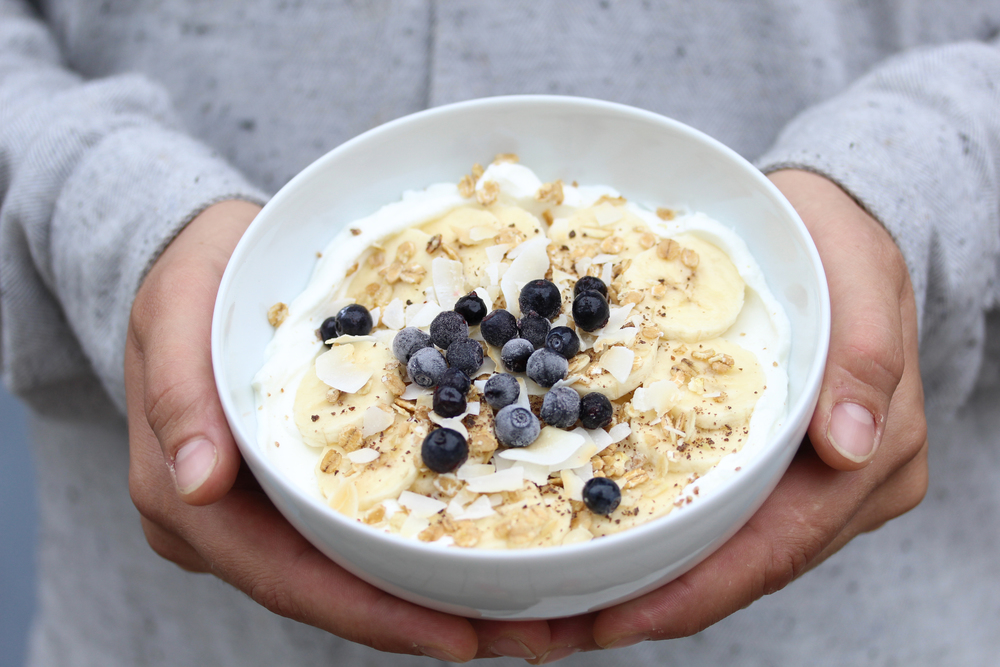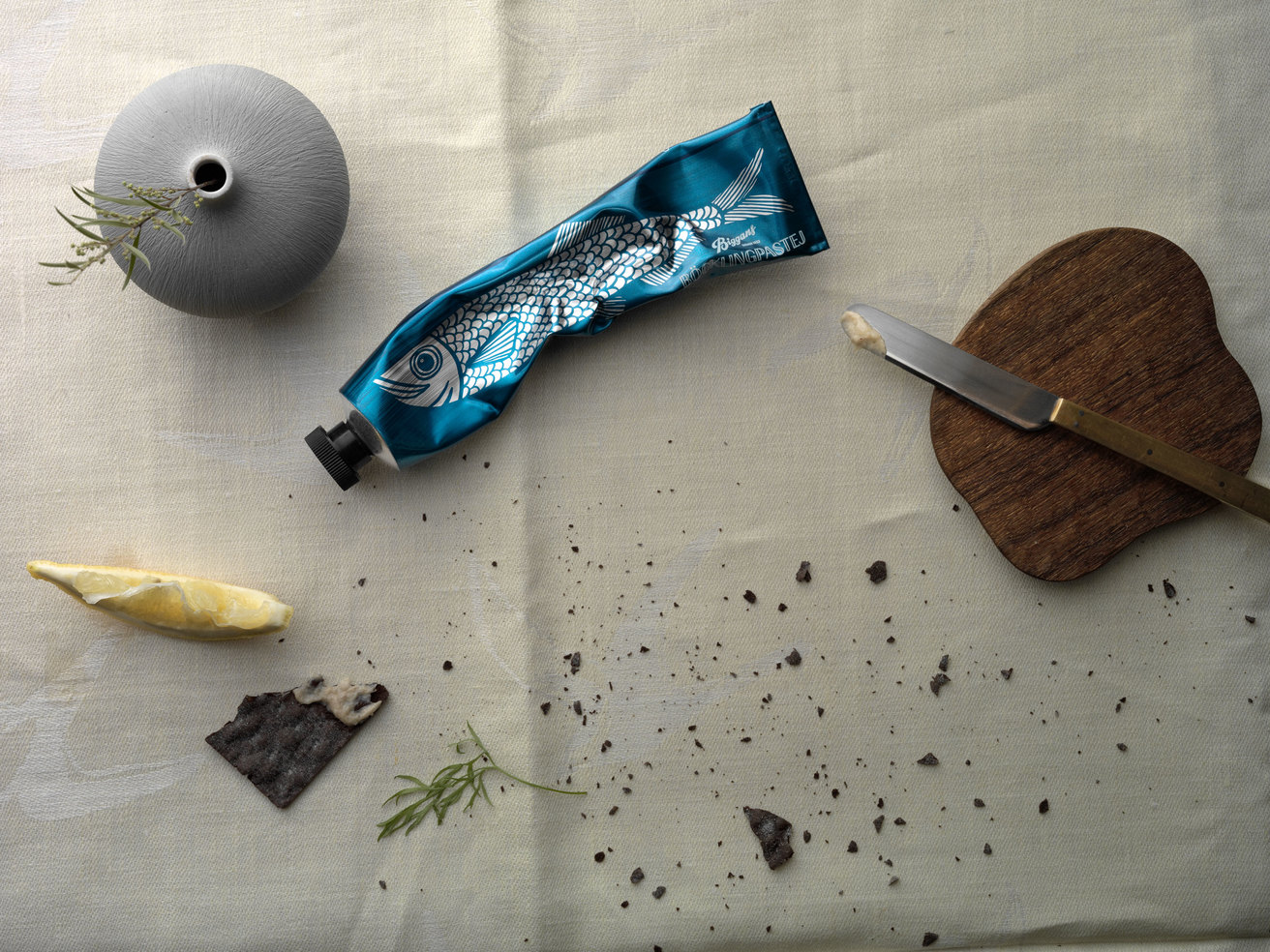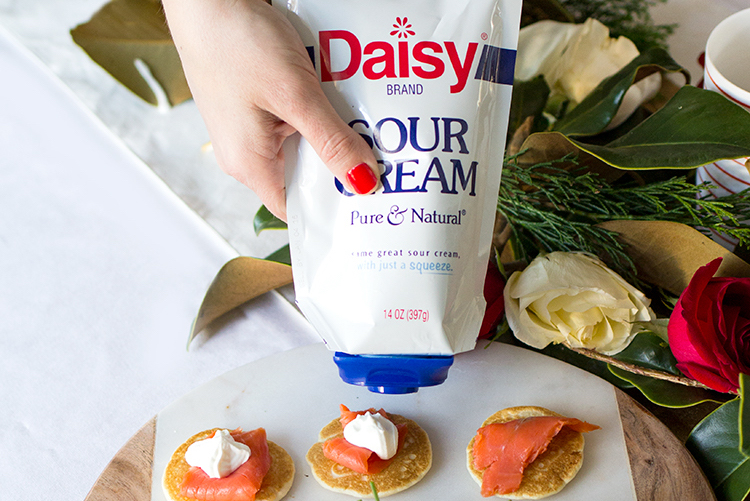Whether we eat insects or switch to lab-grown meat in the future to support the world’s growing population, it will still need to be transported from the production site to our kitchens. But just as we can’t continue to eat the roughly 55.6 pounds of beef per person that we did in 2016, we can’t continue to package our food in wasteful plastic products. We take a look at the five of the most innovative projects for alternative methods for packaging and transporting food.
Food packaging that changes color to indicate freshness
While the FDA regulates that packaged foods come with “best by dates,” research shows that customers don’t know how to interpret them. Best by dates indicate food quality according to supposed freshness, but a product may not spoil until long after this date passes. To help bridge the gap between consumer awareness, food safety measures and waste reduction, Brazilian company Braskem has partnered with South Carolina’s Clemson University and Brazil’s Rio Grande do Sul Federal University to come up with a food packaging that changes its color when the food spoils. Having a clear indicator of edible versus not-edible would let grocery stores keep food on their shelves for longer and let individuals know if the food in their refrigerator is still good. An indicative packaging would reduce overall food waste by ensuring consumers don’t toss ingredients before they’re actually spoiled, thereby reducing the amount of food that needs to be grown to feed the overall population.
Clay-based food packaging resists microbes to keep food fresh for longer
Turkish researchers have developed an antimicrobial packaging film using clay and essential oils. Clay nanotubes allow air to flow through the film, while antibacterial essential oils kill any microbes that may pass through. Although plastic packaging prevents bacteria from spoiling food, the impermeable material causes water to build up, which prematurely spoils the food it’s supposedly keeping fresh. By switching to this breathable clay-based film, foods are held in optimized, natural conditions, thereby decreasing the rate of food waste due to spoilage and the amount of food needed overall.
Wrapper-free supermarket eliminates the need for food packaging
Developed in 2013 in the Czech Republic, MIWA is a concept for a new supermarket that completely eliminates food packaging. By using washable, reusable capsules, food can pass from farmer to supermarket to consumer and then back again in a single container. A companion app ensures that customers only need to buy what they want, not a standard sized container. The capsules themselves are designed to be ultra-hygienic and to reduce the amount of floor space needed to display food.
[Read more on Germany’s first packaging-free grocery store, Original Unverpackt]
Edible food packaging made from seaweed
As we mentioned, in our Food Design Friday roundup, Indonesian-based company Evoware has developed a completely edible packaging made from seaweed. Working with the knowledge that by 2050 estimates say there will be more plastic in the ocean than fish, the company sought to design a food wrapper that wouldn’t exacerbate the problem. Since seaweed is abundant and edible but largely unused, Evoware decided to use it as the base for consumable packages that otherwise would be made from plastic. Their single-use edible cup Ello Jello is made from seaweed and a mix of all-natural ingredients and flavors. They also developed a crisp seaweed-based food packaging, which is also edible. In addition to reducing plastic waste, Evoware’s products also stand to support the currently underserved seaweed farming industry.

Packaging that has the same lifespan as an orange peel
British snack company Snact uses the sustainable “plastic” packaging developed by Tipa, which is certified 100% compostable. That means that not only does it break down through natural processes, but it also functions as a fertilizer after decomposing. Instead of being made from layers of plastic blended together, Snact pouches use polymers derived from a variety of plant-sources, including corn and wood pulp. Under proper conditions in a composting bin, the pouches are turned into fertilizer within six months, about the same time it takes an orange peel to decompose. With the look and feel of a traditional plastic, it doesn’t even force to consider their choice.




